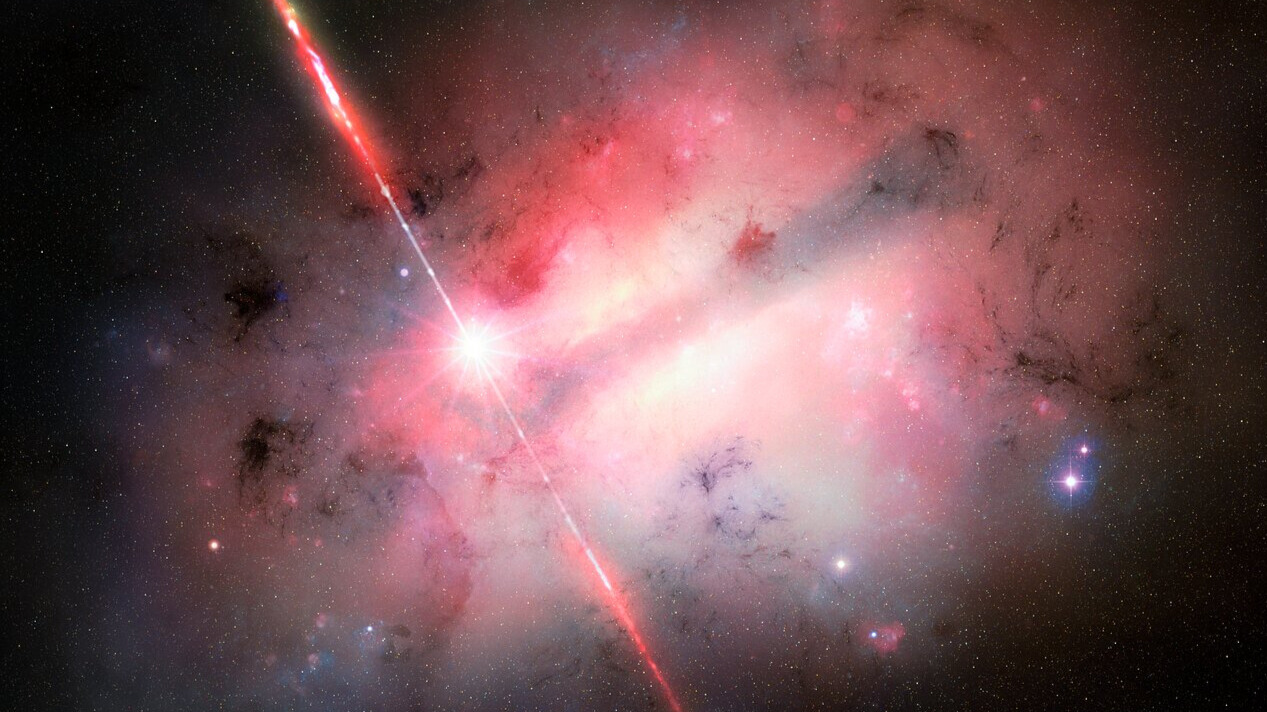
Jamie Carter
Jamie Carter is a freelance journalist and regular Live Science contributor based in Cardiff, U.K. He is the author of A Stargazing Program For Beginners and lectures on astronomy and the natural world. Jamie regularly writes for Space.com, TechRadar.com, Forbes Science, BBC Wildlife magazine and Scientific American, and many others. He edits WhenIsTheNextEclipse.com.
Latest articles by Jamie Carter
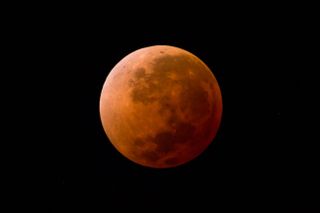
The 10 best stargazing events of 2025
By Jamie Carter published
The 2025 stargazing guide includes Venus at it brightest, a sunrise solar eclipse and three supermoons. Here are all the dates you need to know.

Nocs Provisions 8X32 Field Tube monocular review
By Jamie Carter published
Big enough to impress yet small enough to hold steady, the Nocs Field Tube 8x32 monocular offers crisp, colorful views and a rugged, waterproof build.

Space photo of the week: James Webb and Chandra spot a cosmic 'Christmas Wreath' sparkling in the galaxy next door
By Jamie Carter published
There's a cosmic 'Christmas Wreath' hanging in the Small Magellanic Cloud, the James Webb and Chandra telescopes revealed in a sparkly new image.
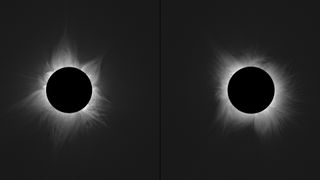
Space photo of the week: The sun's corona blooms during back-to-back solar eclipses
By Jamie Carter published
Composite images reveal how the sun's corona changed from one total solar eclipse to another in 2023 and 2024, just as solar activity began to peak.
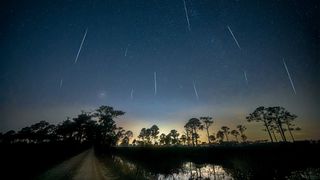
The Geminid meteor shower peaks tonight! How to see the year's last big display of 'shooting stars' before it's too late.
By Jamie Carter last updated
The Geminid meteor shower peaks overnight on Dec. 13 and 14. Up to 120 "shooting stars" per hour will rain down on Earth, but a near-full moon may hamper viewing.
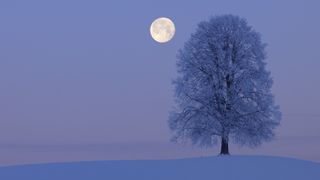
Cold Moon 2024: Watch the final full moon of the year rise with Jupiter this weekend
By Jamie Carter last updated
The Cold Moon — the 12th and final full moon of 2024 — will rise on Sunday (Dec. 15). It will ascend higher into the night sky than any other full moon this year to sit alongside the planet Jupiter.
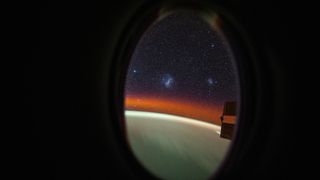
Space photo of the week: Astronaut spots 2 nearby galaxies from SpaceX capsule
By Jamie Carter published
NASA astronaut Don Pettit imaged the Large and Small Magellanic Clouds as the International Space Station cruised 260 miles above the Pacific Ocean.
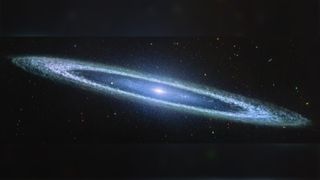
Space photo of the week: James Webb telescope spots a secret star factory in the Sombrero Galaxy
By Jamie Carter published
This week, the James Webb Space Telescope zooms in on the iconic Sombrero Galaxy, revealing the first-ever mid-infrared observations of the hat-shaped wonder.
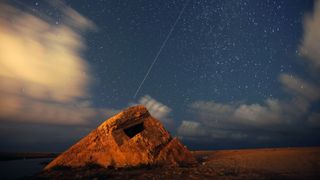
The Leonid meteor shower is peaking. How to spot 'shooting stars' and 'fireballs' over the US tonight.
By Jamie Carter last updated
The Leonid meteor shower peaks in North America overnight from Nov. 17 to 18, with fast-moving fireballs possible in US skies.
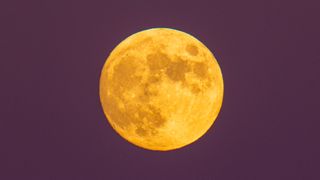
Beaver Moon 2024: See the final 'supermoon' of the year rise next to the 'Seven Sisters'
By Jamie Carter published
The year's fourth and final supermoon shines next to the spectacular 'Seven Sisters' stars this week. Here's how to see November's full Beaver Moon rise.
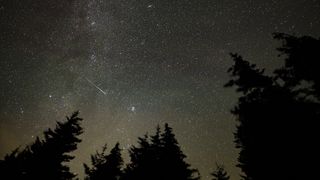
Look for 'fireball' meteors over the US tonight as the North Taurid meteor shower peaks
By Jamie Carter last updated
The South Taurid and North Taurid meteor showers peak in early November. Here's everything you need to know about this month's doubleheader of shooting stars.
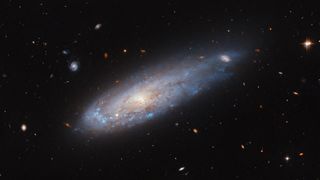
Space photo of the week: Hubble spies a 'cannonball galaxy' blasting through space
By Jamie Carter published
The Hubble Space Telescope has captured a spiral galaxy under the "ram pressure" inside a massive cluster of galaxies.
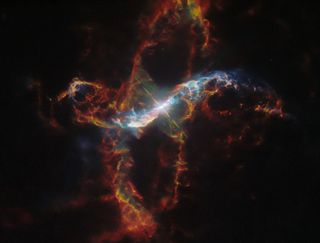
Space photo of the week: Hubble spots a stellar 'H-bomb' exploding in Aquarius at 1 million mph
By Jamie Carter published
A pulsating red star and its spectacular nebula have been captured by NASA's Hubble Space Telescope.
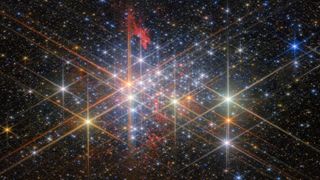
Space photo of the week: Webb telescope spies 'super star cluster'
By Jamie Carter published
Once blocked from view, the most massive young star cluster in the Milky Way has finally been revealed by the James Webb Space Telescope.
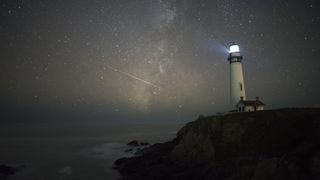
Orionid meteor shower 2024: When to see 'shooting stars' from Halley's comet next week
By Jamie Carter published
The Orionid meteor shower will peak this week as Earth busts through a stream of meteoroids left in the inner solar system by the famous Halley's comet.
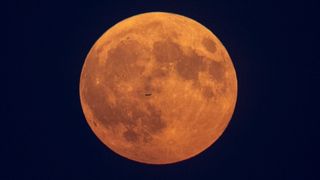
The biggest supermoon of the year is about to rise: When to see the 'Hunter's Moon' at its best and brightest
By Jamie Carter published
The Hunter's Moon will be the first full moon of autumn when it rises on Oct. 17. It will also be the third and closest supermoon of the year.
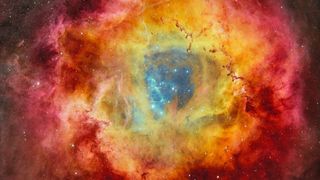
Space photo of the week: See the gorgeous Rosette Nebula — before it destroys itself
By Jamie Carter published
The Dark Energy Camera imaged the Rosette Nebula, capturing a kaleidoscope of color created by the star cluster born within it.
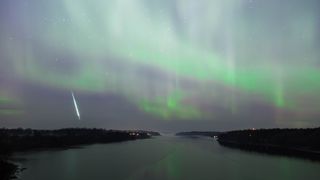
Draconid meteor shower 2024: How to see dozens of 'shooting stars' fall from the dragon's tail this week
By Jamie Carter published
How to watch the Draconid meteor shower peak on Oct. 8 and 9 in the tail of a cosmic dragon.
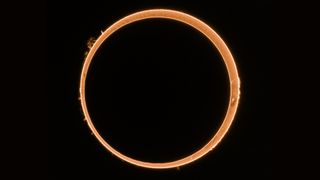
Space photo of the week: Easter Island's last 'ring of fire' eclipse for 320 years
By Jamie Carter published
Oct. 2's annular solar eclipse saw a small-looking new moon cross the face of the sun to create a perfect circle for about six minutes.
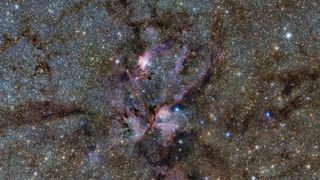
Space photo of the week: Hot young suns glow blue, white and orange in the Lobster Nebula
By Jamie Carter published
The massive star-forming complex known as the Lobster Nebula is part of the biggest infrared map of the Milky Way galaxy ever created.
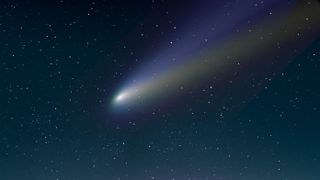
Bright comet Tsuchinshan-ATLAS could be visible without a telescope for the 1st time in 80,000 years. Here's how to see it this week.
By Jamie Carter published
During late September and mid-October, the much-anticipated comet C/2023 A3 (Tsuchinshan-ATLAS) could become visible to the naked-eye for skywatchers around the world.
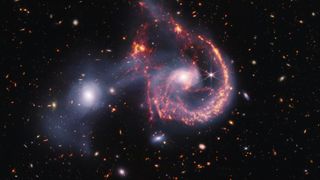
Space photo of the week: Entangled galaxies form cosmic smiley face in new James Webb telescope image
By Jamie Carter published
A new image from the James Webb Space Telescope shows Arp 107, home to two merging galaxies, with two bright cores and a "bridge" of dust and gas forming a cosmic smiley face.

Fall equinox 2024: When it is, why it happens and what to look for
By Jamie Carter published
On Sunday, Sept. 22, day and night will be nearly equal in length as Earth spins side-on to the sun and autumn officially begins in the Northern Hemisphere.
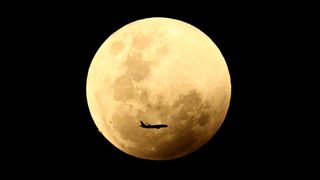
How to watch the 'Harvest Supermoon' get eclipsed by Earth tonight
By Jamie Carter published
September's full Harvest Moon will drift into Earth's shadow for a partial eclipse on Sept. 17. It is also the second of four consecutive supermoons this year, making our natural satellite look bigger and brighter than usual.
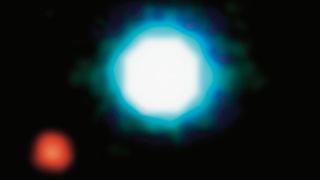
Space photo of the week: The 1st image of an alien planet
By Jamie Carter published
The Very Large Telescope in northern Chile imaged a "super-Jupiter" exoplanet called 2M1207b, precisely 20 years ago this week. This was the first direct visual confirmation of a world beyond our solar system.
Get the world’s most fascinating discoveries delivered straight to your inbox.
